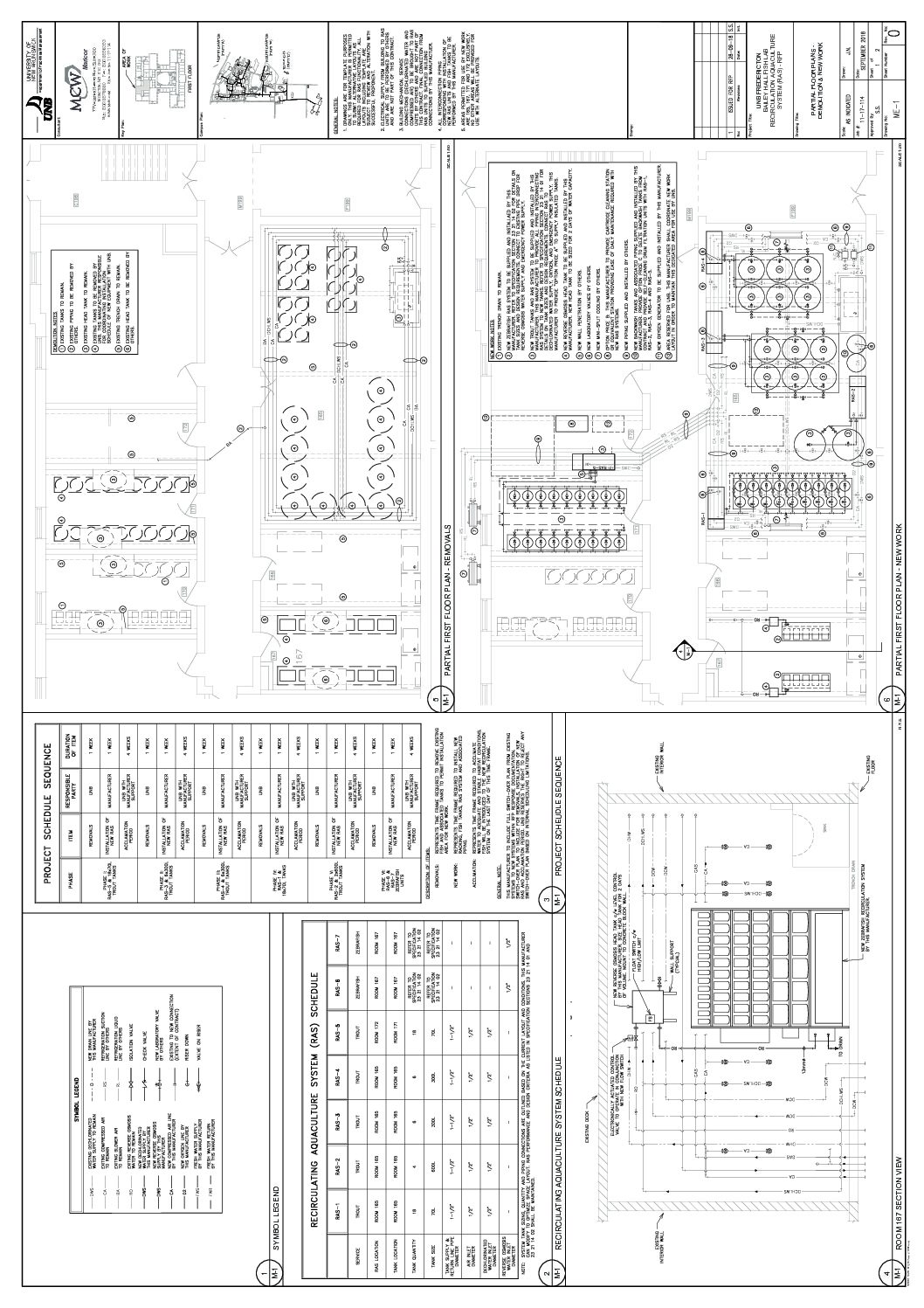UNB Fredericton – Bailey Hall Fish Lab
UNB Fredericton – Bailey Hall Fish Lab
UNB Fredericton – Baily Hall Fish Lab
RAISON D’ETRE OF THE AQUATIC FACILITY
The main function of Baily Hall Aquatic facility is to raise specific strains of salmonids and to produce Zebrafish embryos from many strains. A few research projects are conducted which generally involve respiratory studies and undergraduate students’ projects.
UNB Fredericton – Bailey Hall Fish Lab: PRIMARY GOAL IN CONVERTING THE FACILITY TO WATER RECIRCULATION
Reducing utility expenditure and water reduction are the primary goals of this project. Highly recirculated systems will accomplish the current function of the facility. Water currently used for the peak water demand would be 150 litres per minute (Lpm), with an average of 95 Lpm. The level of water reuse that could be attained with this project is in the order of 99%. That corresponds to approximately 1% of the total water flowing through the rearing tanks.
In a nutshell we estimate the need for fresh city water to be around 1.5 Lpm for the water recycling systems. If we add the water needed for room 166 (2 Lpm), the total water requirements for the wet lab shall be 3.5 Lpm.
UNB Fredericton – Bailey Hall Fish Lab: Estimation of pollution loads
The users recommended a fish loading of 25 kg/m3 for trout and 10 g/L for Zebrafish. Feeding rate was initially set at 2% body weight/d (BW/d) for the trout and 10% for zebrafish. The loading rate was reduced to 4 g/L following our meeting with the users.
However, a huge discrepancy was observed between the actual feed used for Zebrafish (2 kg feed/6 months)[2] and the projected feed at 10% BW/d for Zebrafish. Indeed, at the maximum Zebrafish load in the facility (5.9 kg fish), 10% BW/d would require 590 g of feed daily and about 100 kg feed over six months. We therefore settled for 2% BW/d for both trout and Zebrafish for our design.
UNB Fredericton – Bailey Hall Fish Lab: The water quality parameters to be maintained in the rearing tanks are the following:
- Clear water, free of suspended solids
- Ammonia and nitrite, maintained within CCAC recommendations
- pH kept at an optimal level for nitrification (between 7.7-8.0)
- Alkalinity kept at an optimal level for nitrification (above 100 mg/L CaCO3)
- CO2 below 15 mg/L
- Dissolved oxygen above 80-100% saturation
- Water temperature range: 5-10°C for trout and 25-30°C for Zebrafish




